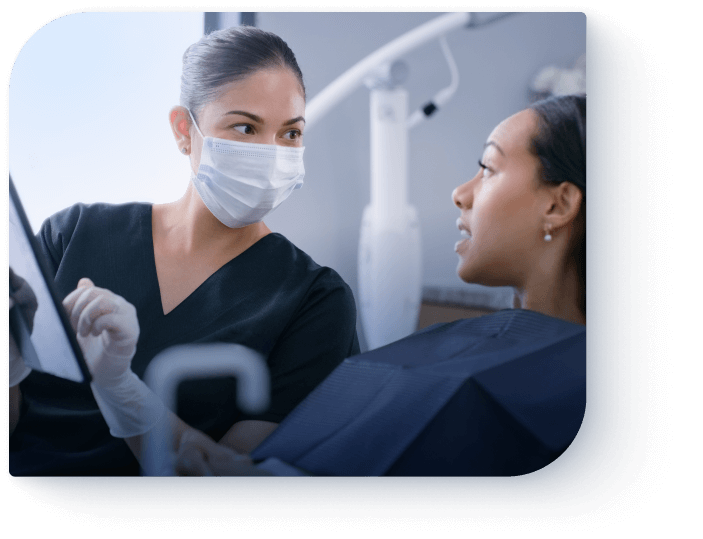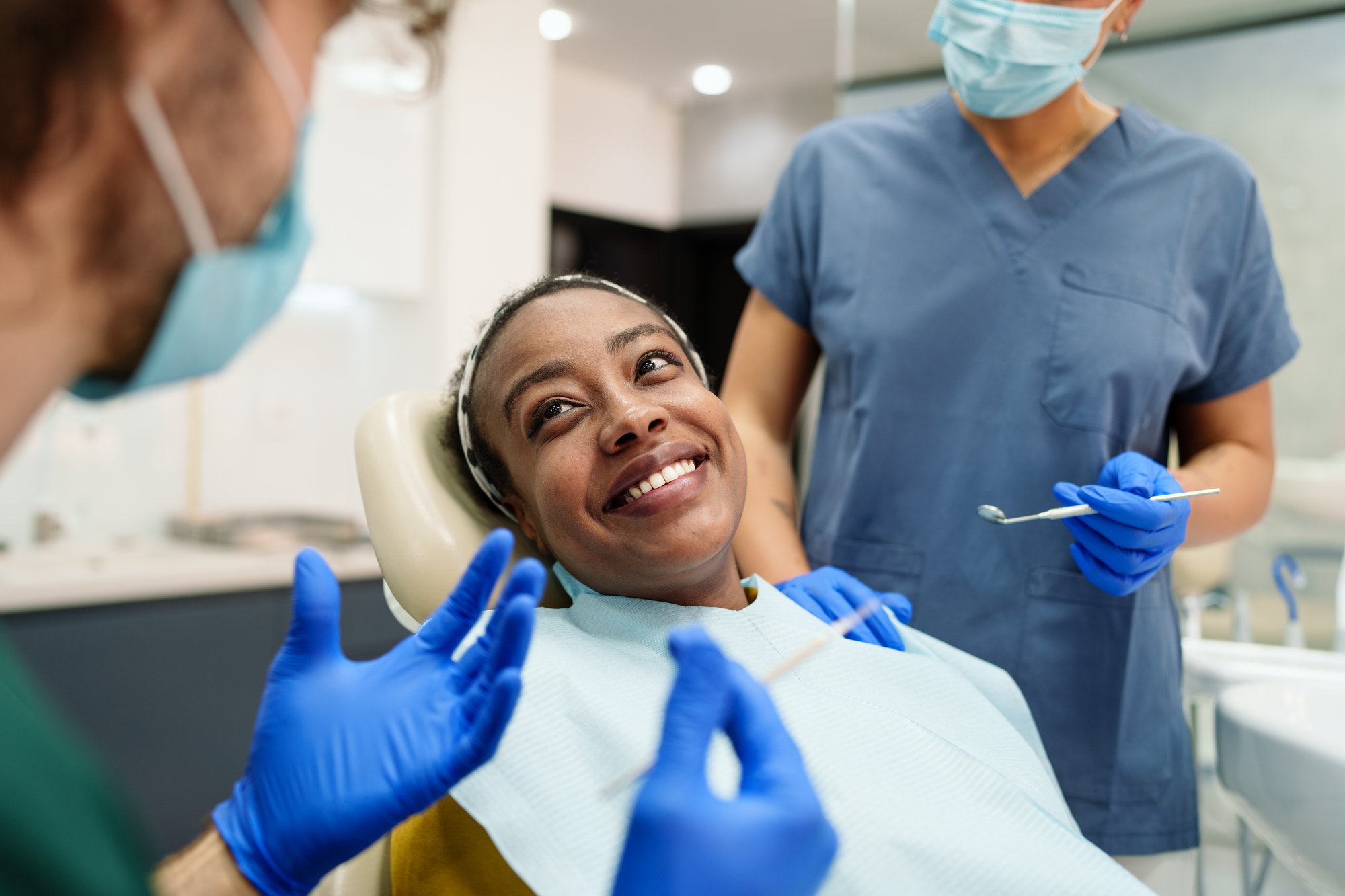FOR PATIENTS
Make more informed decisions for your health

Oral and oropharyngeal cancers affect over 50,000 Americans annually.
Understanding the options you have for detection and treatment early on will drastically improve your outcomes.
You may be at higher risk if you:
- are over 50
- smoke or use tobacco products
- drink alcohol heavily
- have an HPV infection
- have diabetes or obesity
- have persistent oral sores or a family history of cancer
Early detection is essential for quick, effective treatment.
Oral cancer often develops silently, without obvious signs in its early stages. Unfortunately, more than 60% of oral cancers are diagnosed late, when treatment is more complex, more invasive, and less effective. That’s why early detection is crucial.

START WITH THESE STEPS:
Take control of your oral health.
Watch for signs like:
- Red or white patches
- Persistent sores
- Lumps in the cheek or jaw
- Difficulty swallowing or speaking
- A sore throat or hoarseness that lasts more than two weeks
If you notice any of the above—or have risk factors—schedule a visit with:
- Your dentist
- Your primary care doctor
- An ENT specialist or oncologist
Ask if they offer the Oro Lesion Saliva DNA Test. It’s quick, painless, and fits easily into routine check-ups.
If your Oro Lesion result shows a lesion signal, your provider will guide the next steps. That could mean additional monitoring, a biopsy, or a specialist referral. No signal? Continue to monitor with your caregiver until the lesion subsides.
If you're in a high-risk group, let your caregiver know when you see a lesion. Early detection could make all the difference.

